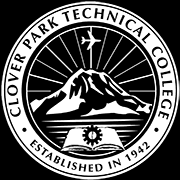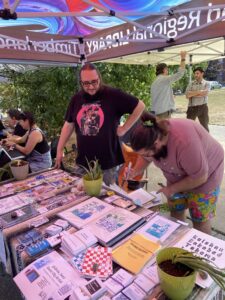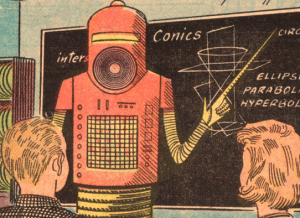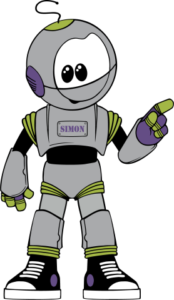 I wrote this for the Teaching & Learning Center Newsletter, but I wanted a version of this in the blogosphere in case someone had a take on the five positions here in this brief article. We are also discussing AI policy in an AI task force:
I wrote this for the Teaching & Learning Center Newsletter, but I wanted a version of this in the blogosphere in case someone had a take on the five positions here in this brief article. We are also discussing AI policy in an AI task force:
Readers of this newsletter may already be familiar with “generative AI,” like ChatGPT, which launched in November 2022. It can generate papers, reports, test questions and answers, computer code, images and more when asked questions by the user. It has some educators worried it will encourage plagiarism. Some institutions have gone as far as banning it. We currently do not have an “official” position at Clover Park on the student use of AI. Given that, an instructor is probably going to take one of these positions (suggested by Jeff Budlong, in Inside Iowa State)
- It’s not allowed: only content by a student or as part of an assigned group is accepted.
- It’s allowed with attribution: AI-assisted work on some assignments is allowed when students identify what parts of the assignment were AI generated and how it helped them.
- It’s allowed in limited instances: AI can be used to prepare for assignments by brainstorming, but students must show how it helped them reach the result.
- Use is encouraged broadly or required: students can use AI but must identify what parts it generated.
Risking a little hubris, I might add a fifth position, “ignoring it completely because you are confident enough in your instructional design that the only way for a student to use external tools like AI would be to apply the same critical thinking skills they would need to work through the assignment in the first place.”
What should your position be on AI in your classroom? The TLC has a number of options to help faculty make that decision. We have offered and will continue to offer workshops and podcasts around AI, we are holding an AI Faculty Institute over the summer, and you can always talk to us in the TLC. We can help you look at your curriculum and make suggestions about where AI can help either you or your students, or how to craft your assignments and policies to communicate your expectations to your students.
If you would like to explore more policies, I would recommend Syllabi Policies for Generative AI Tools which has collected over 70 policies from different universities and colleges. Also, Texas A&M University has a wide variety of policies gathered from other universities in a more condensed format.
If you have a sixth position, I would love to hear from you! Comment below, catch me on Mastodon, or drop me a line.












